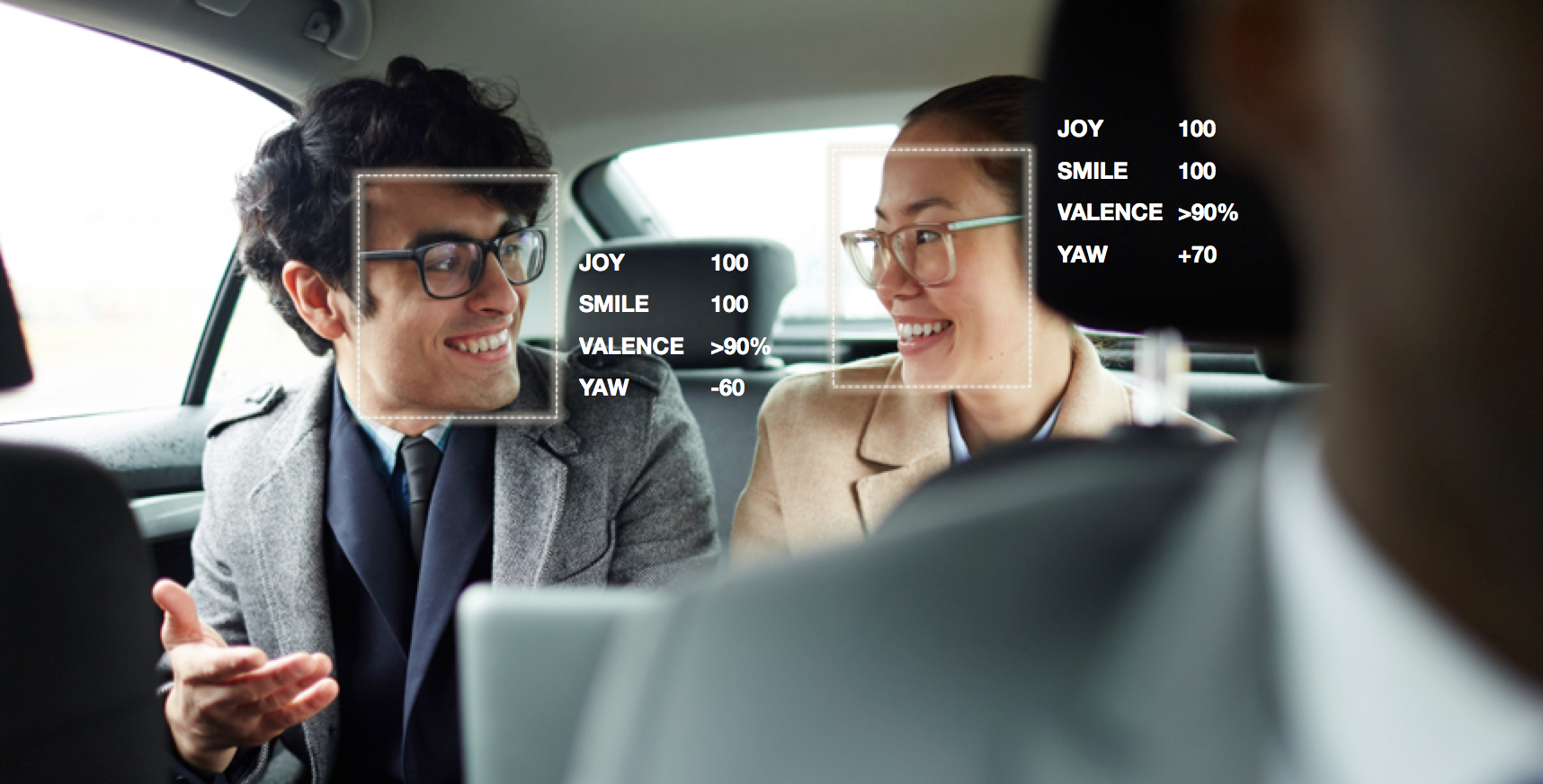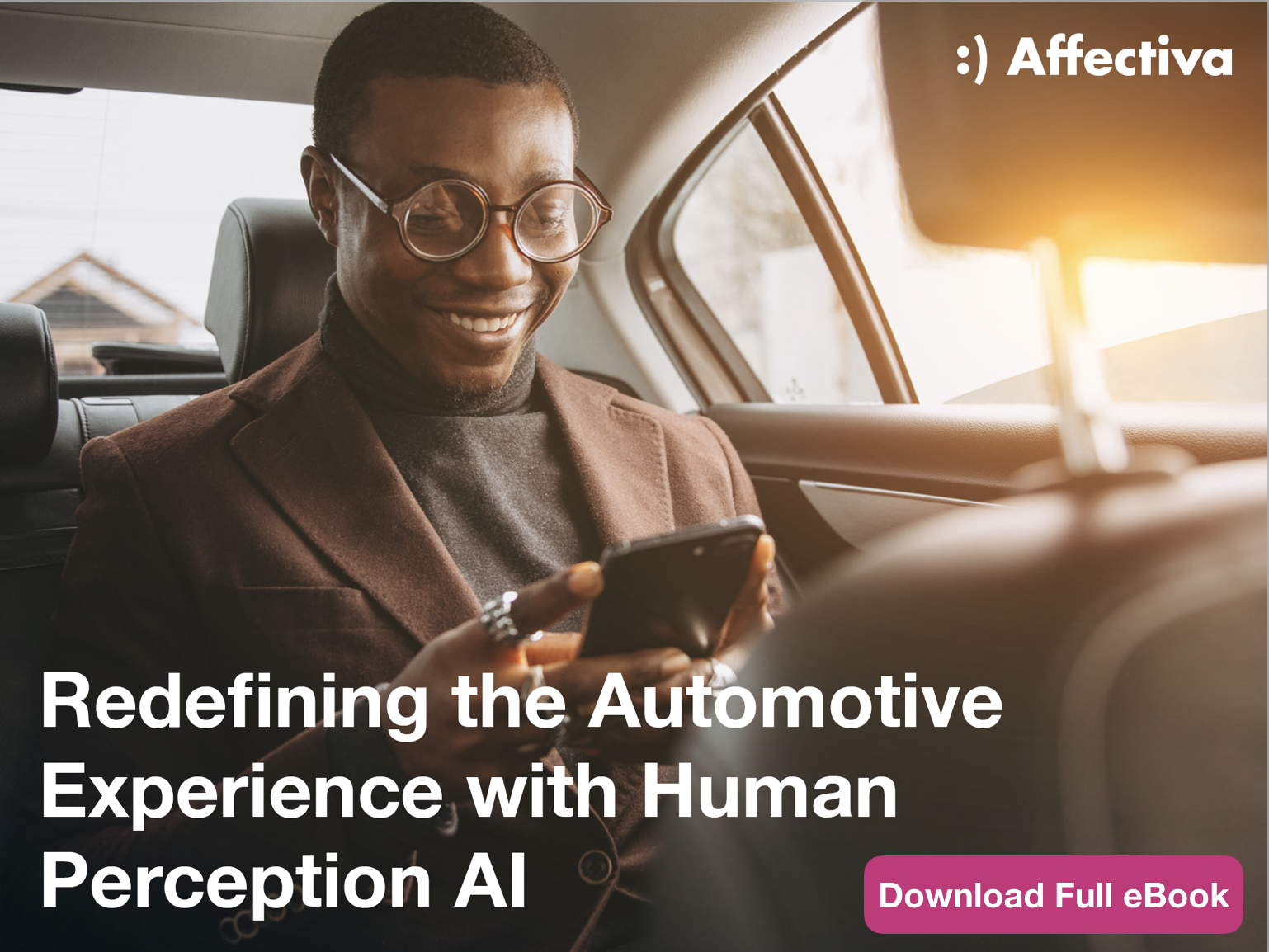
Cars and the way we use them are changing. Also changing is what we expect of the overall transportation experience. Consumers need an in-cabin environment that is adaptive to their needs in the moment. To enable this, OEMs and Tier 1s need a deep understanding of what’s happening with the people in the vehicle: how are they reacting to the in-cabin environment and the operation of the vehicle? How does this information help build a brand experience that addresses frustrations and brings joy to occupants?
Car manufacturers must understand and meet these consumer needs, as these needs evolve beyond optimal driving performance and safety features. Especially with advances in ridesharing, shared car ownership and the advent of robo-taxis, consumers are looking at what they can do in the car.
When considering a brand purchase, consumers may contemplate, “which car can make me the most productive? The most entertained? The most relaxed?” This concept also becomes increasingly relevant when looking ahead to the evolution of autonomous capabilities: how can the functionality of self driving cars address consumer pain points for an enjoyable and productive transportation experience?
Occupant Monitoring
Affectiva Automotive AI understands driver and passenger emotions, cognitive states, and reactions to the driving experience. In addition, it perceives how many passengers are in a vehicle, who they are, where they’re sitting, what they’re doing, what objects they are using, and how they’re interacting with each other and the vehicle systems. These insights will deliver an intelligent in-cabin environment that is responsive and adaptive to the needs of the people in it.
Affectiva Automotive AI can help car manufacturers revolutionize the transportation experience. Consider the following use cases that can be enabled with a deep understanding of occupant mood and reactions to the environment, and with insight into what they are doing in the vehicle.
- Personalize content recommendations, such as video and music. Then e-commerce purchase recommendations can be made based on the reactions to the content.
- Provide alternate route recommendations and interesting stops along the way to keep occupants engaged and satisfied with their ride. Conversely, if occupants are looking to arrive to a destination as soon as possible, the vehicle could provide the most direct route.
- Adapt environmental conditions, such as lighting and heating, based on levels of comfort and drowsiness; change the autonomous driving style if it makes passengers anxious or uncomfortable.
- Understand user frustration or confusion with virtual assistants and conversational interfaces, and design these to be emotion-aware, so they can respond in an appropriate and relevant manner.


